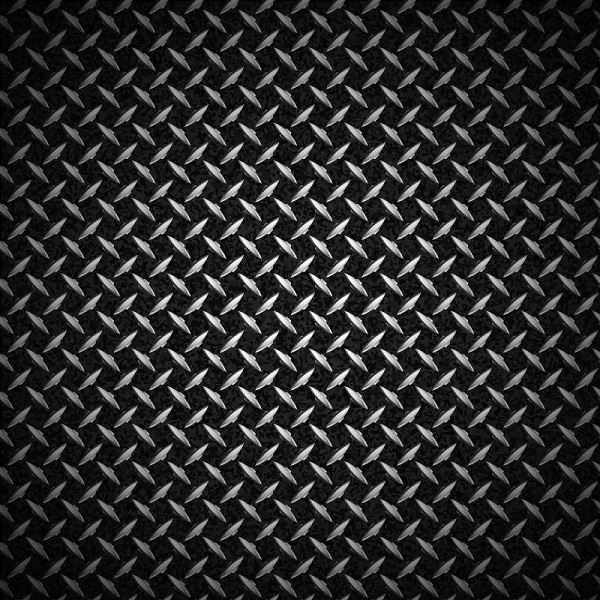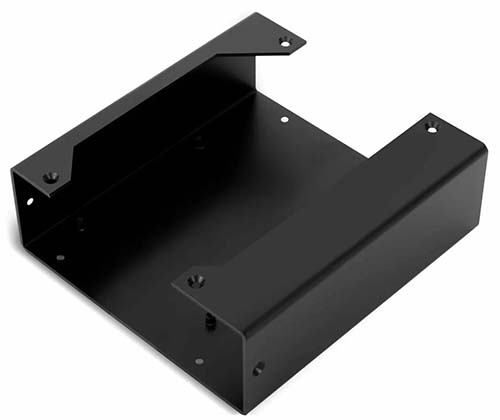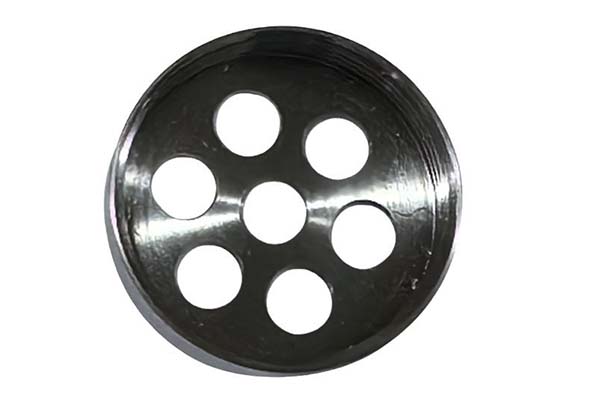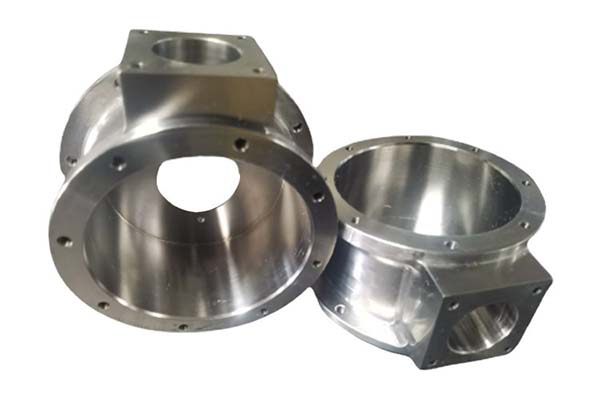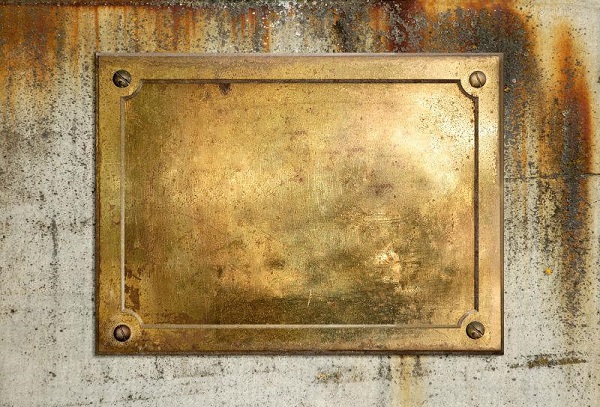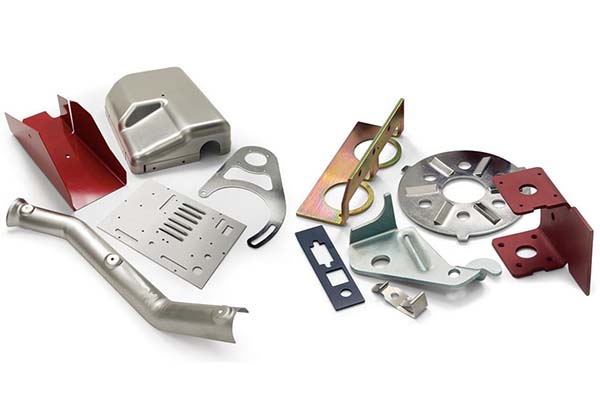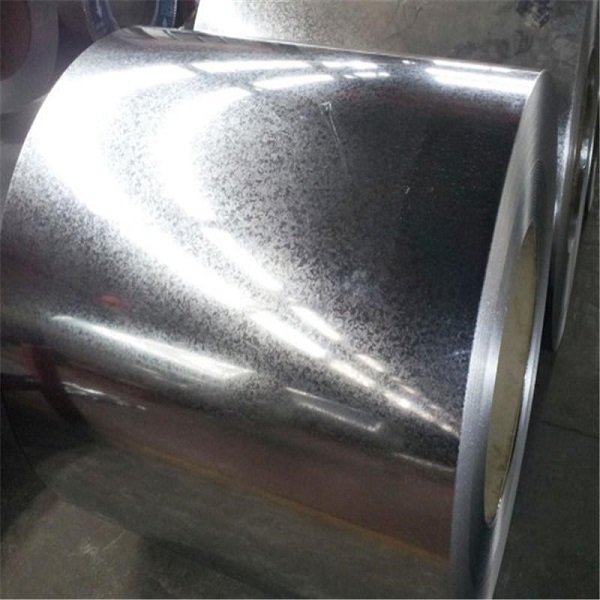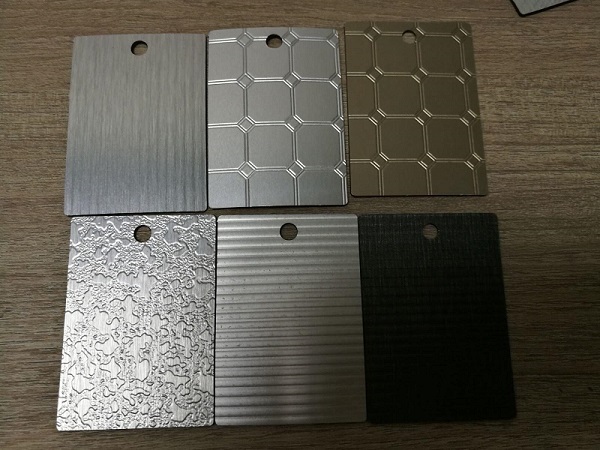What is Black Sheet Metal?
Black sheet metal is a type of metal that has been processed into a thin, flat form through industrial processes. It is one of the fundamental materials in metalworking and is widely used in various industries. The "black" in its name doesn't always refer to its color. In some cases, it might be due to a surface treatment or the base metal composition.
Typically, black sheet metal can be made from ferrous metals such as iron or steel. Steel, for example, is an alloy of iron and carbon, sometimes with other elements added to enhance its properties. The carbon content in steel can vary, which affects the hardness, strength, and ductility of the metal. Low - carbon steel, for instance, is more malleable and is often used in applications where formability is crucial, like in the automotive industry for body panels. High - carbon steel, on the other hand, is harder and stronger, suitable for applications that require high wear resistance.
The manufacturing process of black sheet metal usually involves rolling large slabs of metal between rollers to reduce their thickness and form them into sheets. The thickness of black sheet metal can vary significantly. Pieces with extremely thin thicknesses, often less than 0.2mm, are sometimes considered foil or leaf, while those thicker than 6mm are usually referred to as plates. For most common applications in industries like construction, automotive, and electronics, the thickness of black sheet metal typically ranges from 0.5mm to 3mm.
Properties of Black Sheet Metal
Physical Properties
Black sheet metal, especially when made from steel, has several notable physical properties.
Conductivity: Steel black sheet metal is a good conductor of electricity. For example, its electrical conductivity is in the range of \(1.43\times10^{7}\) S/m for mild steel. This property makes it useful in electrical enclosures where it can not only provide structural support but also serve as a path for grounding, ensuring safety in electrical systems. In comparison, non - metallic materials like plastics have extremely low electrical conductivity, often in the range of \(10^{-15}\) to \(10^{-20}\) S/m, making them insulators.
Thermal Conductivity: It also has a relatively high thermal conductivity. Mild steel, for instance, has a thermal conductivity of about 50 - 60 W/(m·K). This allows for efficient heat transfer. In automotive radiators, black sheet metal components help in dissipating heat generated by the engine. When compared to materials like wood, which has a thermal conductivity of around 0.1 - 0.2 W/(m·K), the heat - transfer capabilities of black sheet metal are far superior.
Density: The density of steel black sheet metal is approximately \(7850\) kg/m³. This density provides a good balance between strength and weight in many applications. Aluminum sheet metal, which is often used as an alternative in some applications due to its lower density of around \(2700\) kg/m³, may not offer the same level of strength as steel black sheet metal in certain scenarios.
Hardness and Strength: The hardness and strength of black sheet metal can be adjusted based on its carbon content and heat treatment. High - carbon steel black sheet metal can have a Rockwell hardness of up to 65 HRC, making it very hard and suitable for applications where wear resistance is crucial, such as in cutting tools. Its tensile strength can range from 400 MPa for low - carbon steel to over 1500 MPa for high - strength alloy steels.
Ductility: It also exhibits good ductility, especially in low - carbon steel forms. This means it can be easily formed into various shapes through processes like bending, rolling, and stamping. For example, in the production of car body parts, the ductile nature of black sheet metal allows manufacturers to create complex shapes with precision.
Chemical Properties
Corrosion Resistance: The corrosion resistance of black sheet metal, especially steel - based ones, can vary. Mild steel black sheet metal is prone to rusting in the presence of oxygen and moisture. The rusting process is a chemical reaction where iron in the steel reacts with oxygen in the air and water to form iron(III) oxide (rust). However, when black sheet metal is made from stainless steel (an alloy with chromium, nickel, etc.), its corrosion resistance is significantly enhanced. Stainless steel can resist corrosion in normal atmospheric conditions and even in some mildly corrosive environments such as slightly acidic or alkaline solutions. For example, 304 stainless steel, a common type, has a high resistance to general corrosion and can maintain its integrity for long periods in urban and marine atmospheres. In highly corrosive industrial environments with strong acids like sulfuric acid or strong alkalis, special alloyed black sheet metals or those with protective coatings are often used to prevent rapid degradation.
How to Choose the Right Black Sheet Metal?
Consider Your Needs
When choosing black sheet metal, the first step is to clearly define your needs.
Determine the Application: If you are using it for automotive body panels, you'll need a material with good formability and a certain level of corrosion resistance. For example, in the automotive industry, galvanized black sheet metal is often preferred. Galvanization, which involves coating the steel with a layer of zinc, provides excellent corrosion protection. According to industry standards, automotive body panels typically require a zinc coating thickness of at least 8 - 12 µm to ensure long - term durability in various environmental conditions.
Strength Requirements: For applications where high strength is crucial, such as in the construction of industrial machinery frames, high - carbon or alloyed black sheet metal should be considered. High - carbon steel black sheet metal can withstand heavy loads and has a high tensile strength. In contrast, if you are making lightweight products like small electronic enclosures, a lower - strength but more cost - effective option like low - carbon black sheet metal might be sufficient.
Corrosion Resistance: In marine or outdoor applications, corrosion resistance is of utmost importance. Stainless steel black sheet metal, especially types like 316 stainless steel which contains molybdenum, offers enhanced resistance to corrosion in salt - water environments. In a marine atmosphere, 316 stainless steel black sheet metal can maintain its integrity for up to 20 years without significant corrosion, while regular mild steel would start to show signs of rusting within a few months.
Evaluate Quality
Evaluating the quality of black sheet metal is essential to ensure it meets your requirements.
Check Product Certifications: Reputable manufacturers often provide certifications such as ISO 9001 for quality management systems. This certification indicates that the manufacturer follows strict quality - control processes during production. For example, a black sheet metal product with ISO 9001 certification is more likely to have consistent thickness and chemical composition. Additionally, look for certifications related to the specific properties of the metal, like ASTM (American Society for Testing and Materials) standards. ASTM A36 is a common standard for carbon structural steel, which defines the mechanical properties and chemical composition requirements for the steel.
Inspect the Surface Quality: Visually examine the surface of the black sheet metal. It should be free of defects such as scratches, dents, pits, or cracks. A smooth surface not only looks better but also ensures that any coatings or finishes applied later will adhere properly. Use a magnifying glass if necessary to detect minor surface imperfections. For example, a scratch on the surface of black sheet metal used for decorative purposes can be a major aesthetic flaw, while a pit can act as a starting point for corrosion.
Conduct Physical Performance Tests: If possible, perform some basic physical tests. You can test the hardness of the black sheet metal using a hardness tester. For example, a Rockwell hardness test can quickly determine the hardness of the metal. If the metal is too soft when it should be hard (as per your requirements), it may not be suitable for your application. You can also check the bendability by trying to bend a small sample. The metal should bend without cracking, indicating good ductility. Another test could be to measure the thickness accurately using a micrometer to ensure it meets the specified dimensions.
Yigu Technology's View
As a non - standard plastic metal products custom Supplier, Yigu Technology highly values black sheet metal. Its versatility makes it an essential material in our custom production processes. We often utilize black sheet metal for clients who require products with high - strength and formability. For example, in custom - made electronic device enclosures, the good electrical conductivity and formability of black sheet metal allow us to create enclosures that not only protect the internal components but also assist in heat dissipation and grounding.
Moreover, the ability to adjust its properties according to different heat treatments and alloy compositions makes it suitable for a wide range of custom - made parts. Whether it's for small - scale precision components or large - scale industrial parts, black sheet metal provides the flexibility and reliability we need in custom manufacturing. Its relatively low cost compared to some other metals also makes it an attractive option for cost - conscious clients without sacrificing quality.
FAQ about Black Sheet Metal
What are the common types of black sheet metal?
Common types of black sheet metal include:
- Steel Sheet Metal: Made from an alloy of iron and carbon, steel sheet metal is widely used. Low - carbon steel sheet metal, with a carbon content usually less than 0.25%, is malleable and often used in automotive body panels and general - purpose applications. High - carbon steel sheet metal, with a carbon content between 0.6% - 2.1%, is much harder and stronger, suitable for applications like springs and cutting tools.
- Iron Sheet Metal: Pure iron sheet metal is relatively soft and ductile. It is often used in some traditional handicrafts or in applications where high strength is not the primary requirement. However, it is very prone to rusting in normal environments.
- Stainless Steel Sheet Metal: Stainless steel is an alloy that contains chromium, nickel, and other elements. 304 stainless steel sheet metal, which contains about 18% chromium and 8% nickel, is very common. It has excellent corrosion resistance and is used in kitchen utensils, food processing equipment, and architectural decoration. 316 stainless steel sheet metal, with the addition of molybdenum, offers even better corrosion resistance, especially in salt - water environments, and is often used in marine applications.
How to prevent black sheet metal from rusting?
Here are some effective methods to prevent black sheet metal from rusting:
- Painting: Applying a layer of paint on the surface of black sheet metal can physically separate the metal from oxygen and moisture in the air. For example, epoxy - based paints are often used in industrial applications. They can provide a durable protective layer. The thickness of the paint film usually ranges from 50 - 150 µm for general - purpose anti - rust protection.
- Galvanizing: Galvanizing involves coating the black sheet metal with a layer of zinc. Hot - dip galvanizing is a common method where the metal is dipped into a bath of molten zinc. The zinc layer acts as a sacrificial anode. Even if the zinc layer is scratched, it will corrode first to protect the underlying steel. The thickness of the zinc coating in hot - dip galvanizing is typically around 80 - 120 µm for outdoor applications.
- Using Rust Inhibitors: Rust inhibitors are chemicals that can be applied to the surface of black sheet metal. They work by forming a protective molecular film on the metal surface. For example, some volatile rust inhibitors can be used in closed - storage environments to protect metal parts from rusting.
